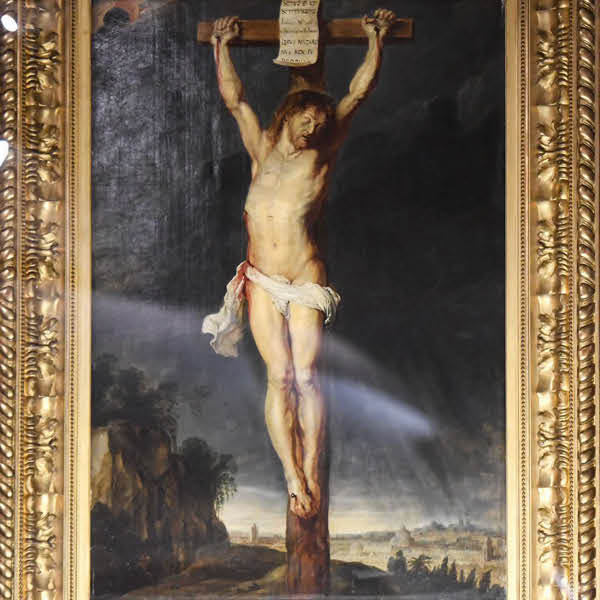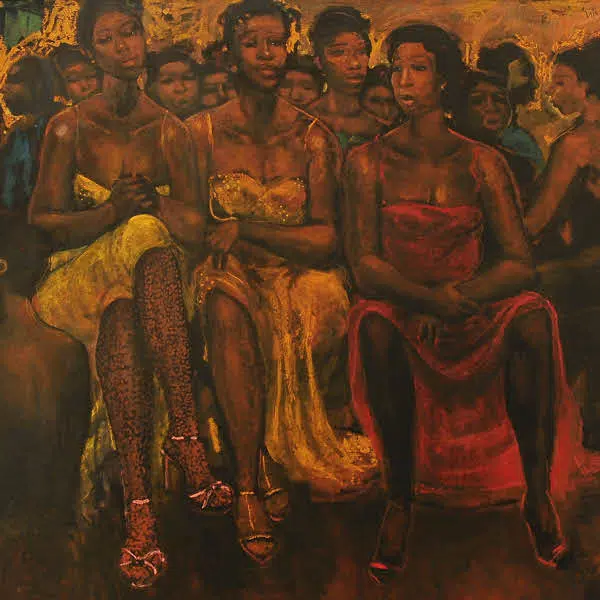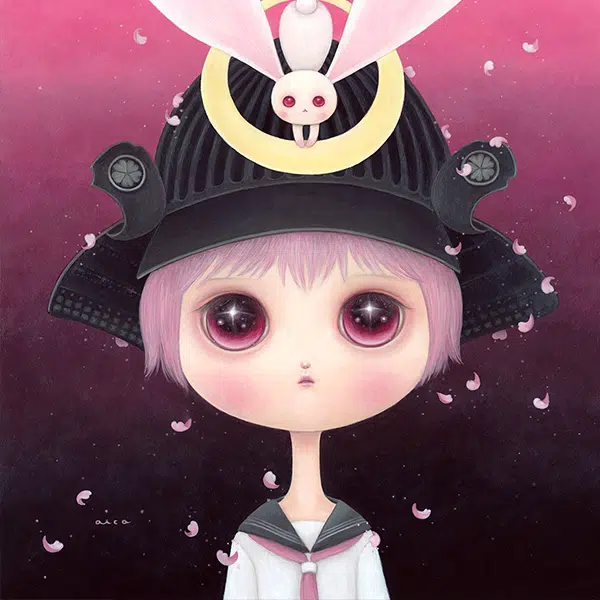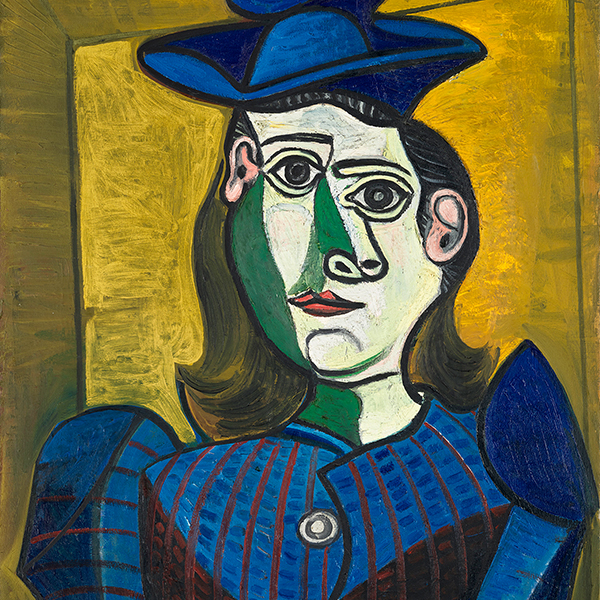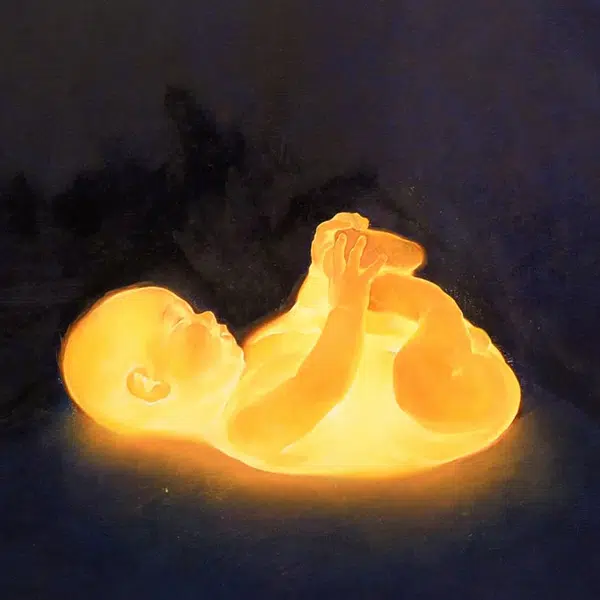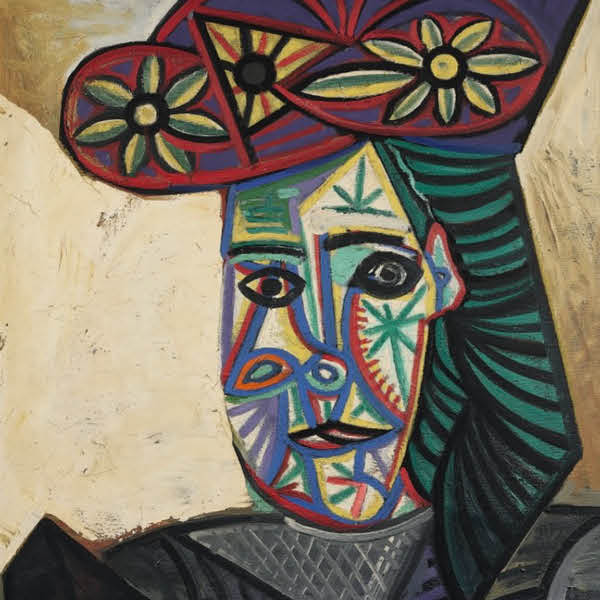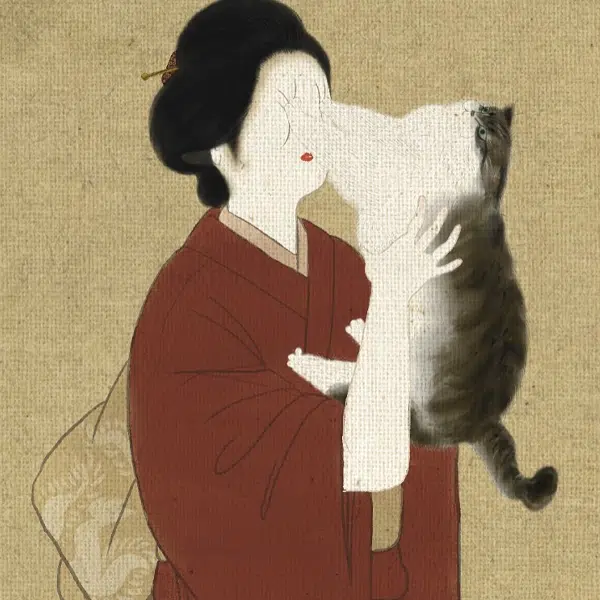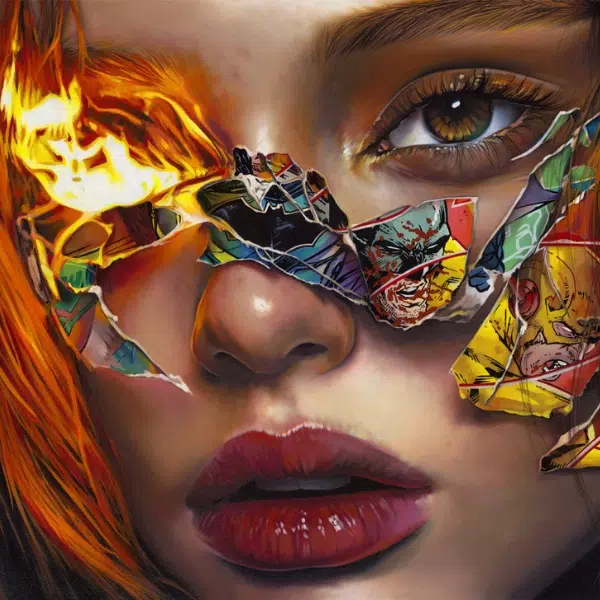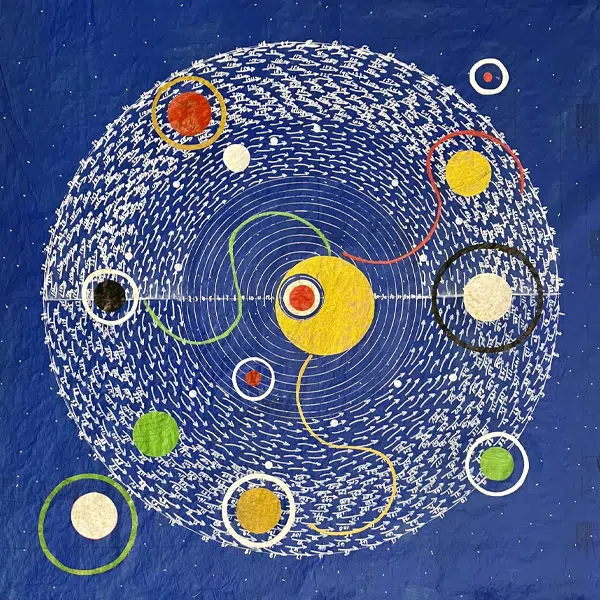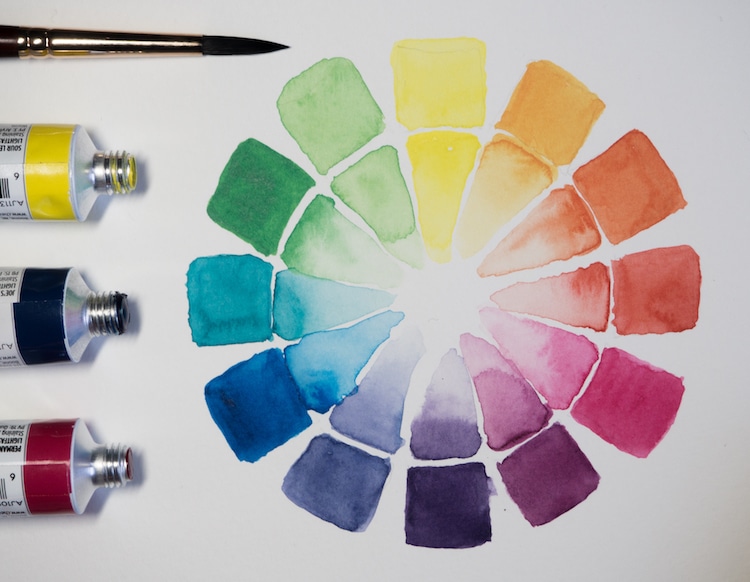
Photo: Stock Photos from JKesler/Shutterstock
Painting sets come with a variety of chromatic tubes, but how well do you know how to use them? Choosing the right palette for your project is a skill that all artists must learn. Whether you're a seasoned watercolorist or are just venturing into the world of acrylics, an understanding of color theory will greatly improve your painting.
If you feel overwhelmed by the rainbow of choices, don't worry. Once you learn the basics of color theory, you'll find the joy in selecting hues and yes, even mixing your own paints. However, as with all things, a bit of practice always helps. Here, we have compiled four color theory exercises that will help you take your paintings to the next level.
Improve your painting with these fun and easy color theory exercises
Make a color wheel.
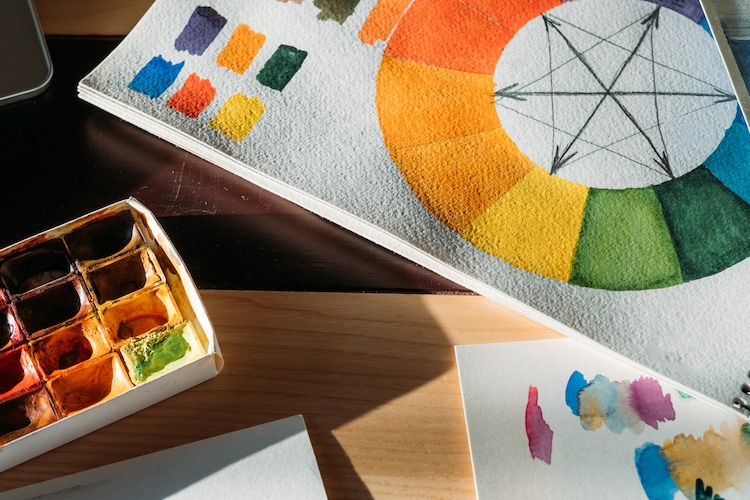
Photo: Stock Photos from Golubovy/Shutterstock
Most creatives are familiar with the color wheel. An age-old tool, it essentially originated with Isaac Newton's color circle that was published in 1665. It shows the relationships between primary, secondary, and tertiary colors.
For the first exercise, you should familiarize yourself with the color wheel by making your own. Using a reference photo, you will first add the primary colors of red, blue, and yellow. In most models, the yellow is placed at the top of the circle, the red at the bottom right, and the blue at the bottom left. Afterward, mix your paints together until you create secondary colors of green, orange, and purple, and place them accordingly around the wheel.
Practice mixing colors.
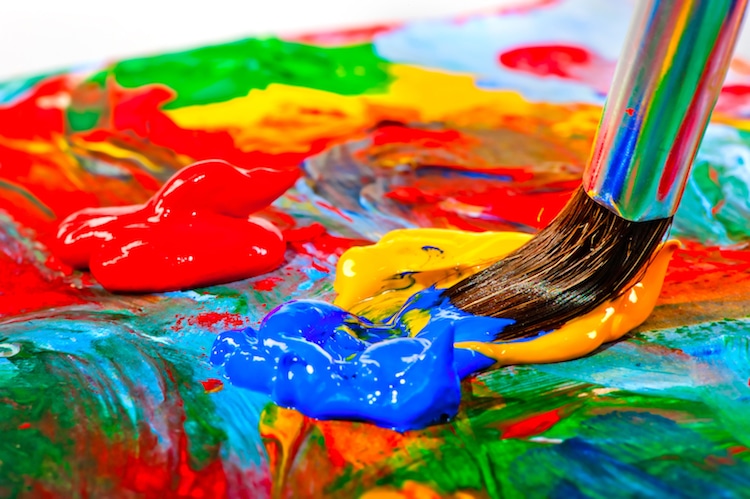
Photo: Stock Photos from kosmos111/Shutterstock
Now that you've made a basic color wheel, you can practice expanding it. Start again by creating a basic wheel with the primary colors. Then, mix them until you create the secondary colors of green, orange, and purple. At this point, when you mix any primary color with any secondary color (or any secondary color with each other), you create what is called a tertiary color. This is a great way to learn how many colors you can produce with only the essential paint tubes.
As you create these tertiary colors, arrange them in the wheel. Depending on what colors you create, your new wheel may look very different than your reference photos, so don't worry about making it perfect. This is all for practice.
Match color swatches.
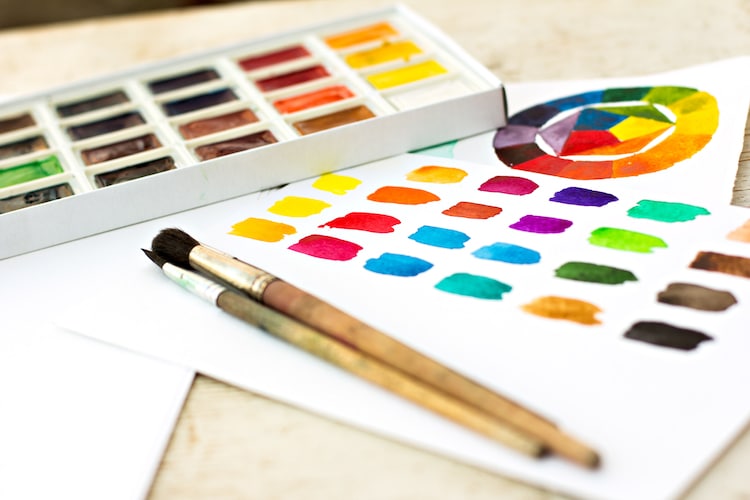
Photo: Stock Photos from Julia Lototskaya/Shutterstock
The third exercise will develop your color matching skills. Using a complex color wheel as a reference, try recreating the tertiary colors that you see by mixing the primary colors of red, blue, and yellow. Take as much time as you need to mix, and don't feel discouraged if it takes you a few times to get it right, as finding the right combination can be tricky.
Once you have a handle on it, however, you can use this exercise to practice with other swatches that you find, like clothing, wall paint, and packaging. This will greatly improve your ability to capture colors from life as well.
Practice pairing complementary colors.
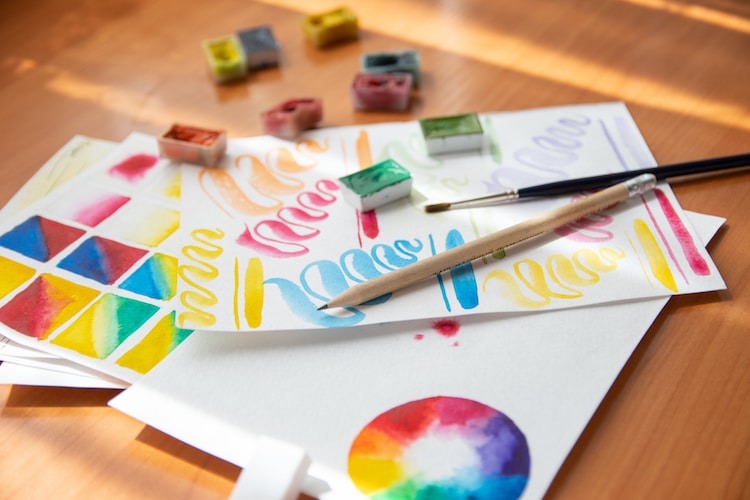
Photo: Stock Photos from katrinshi/Shutterstock
In the fourth exercise, you will explore the importance of complementary colors—colors that appear opposite to each other on the color wheel. These combinations include red and green, blue and orange, and yellow and purple. Pairing complementary colors will create dynamic visuals that can enhance your designs.
Use your mixed paints to create patterns and shapes using only complementary colors and see how they enhance one another. For example, you can make a red-and-green striped pattern, or paint a blue background with an orange circle inside. Be sure to allow an appropriate amount of time to dry and not let the colors mix. Afterward, try other combinations using non-complementary colors and compare the difference.
Continue practicing.
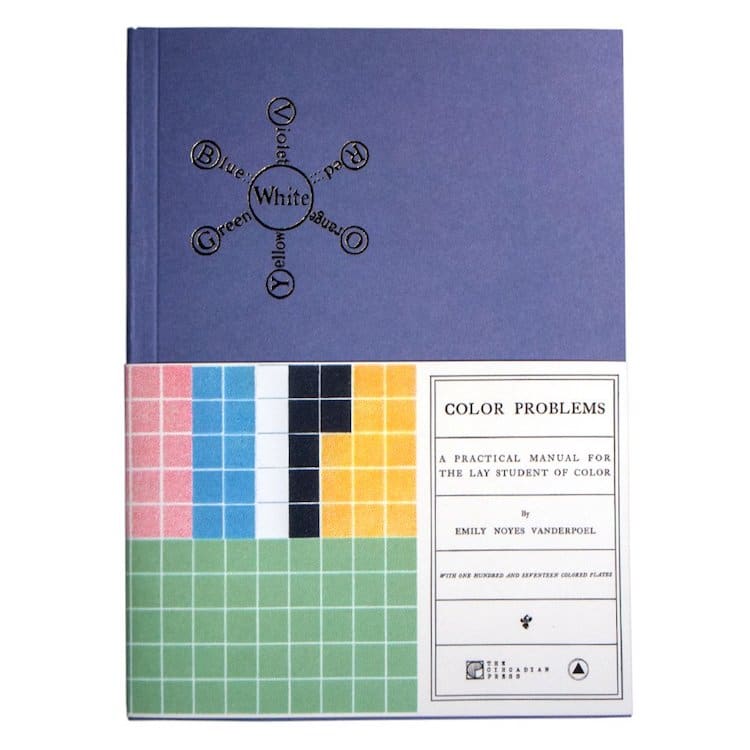
Mastering color theory isn't easy, so it's important to continue developing your skills by mixing paints and testing them out. With consistent practice, you'll gain a better understanding of the color wheel and all of the possibilities it offers. If you need some help getting started on your next project, then be sure to check out our long list of painting ideas.
Want to learn more about color? The reproduction of Emily Noyes Vanderpoel's 1902 Color Problems book is the ultimate tool for anyone wanting to learn practical color theory.
Related Articles:
The Color Wheel: Discover the Fascinating History Behind an Artist’s Most Powerful Tool
5 Practical Drawing Tips to Take Your Art to the Next Level
17 Ways for Artists to Sell Their Creative Work Online
5 Tips to Help You Organize Your Art Studio Into a Creative Haven












































































